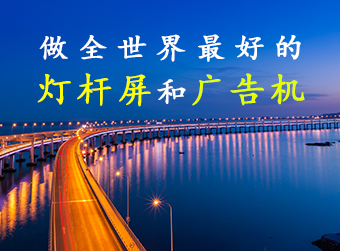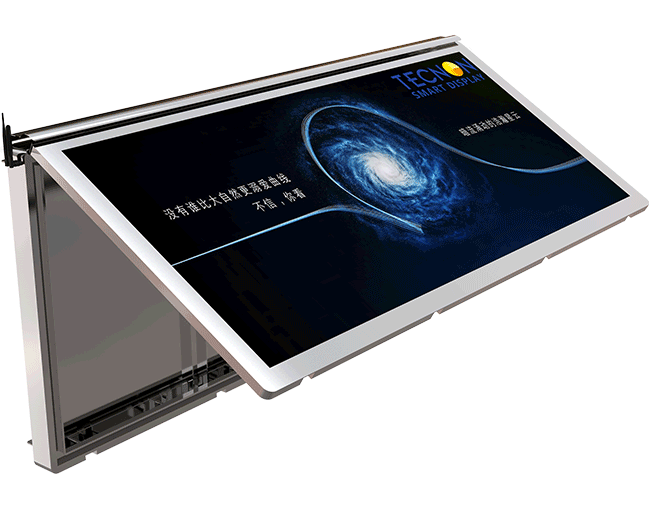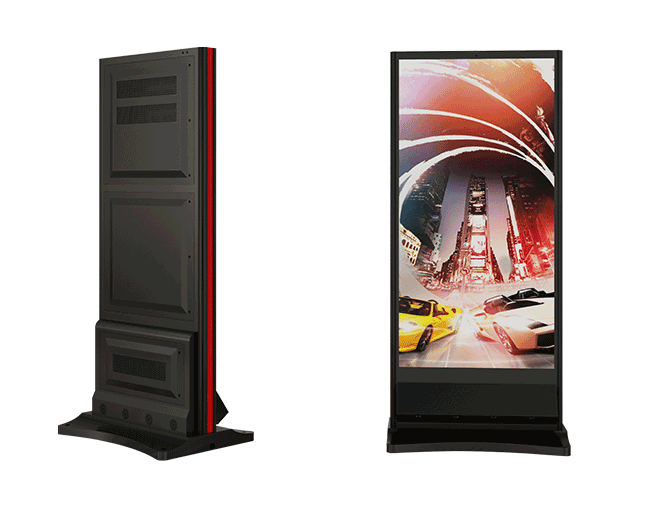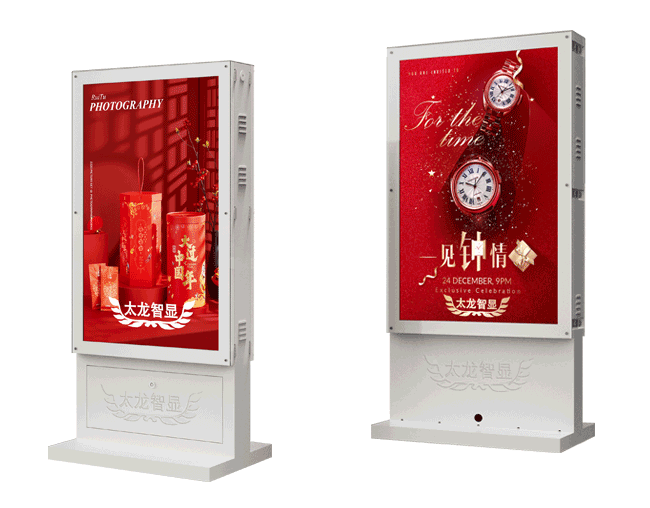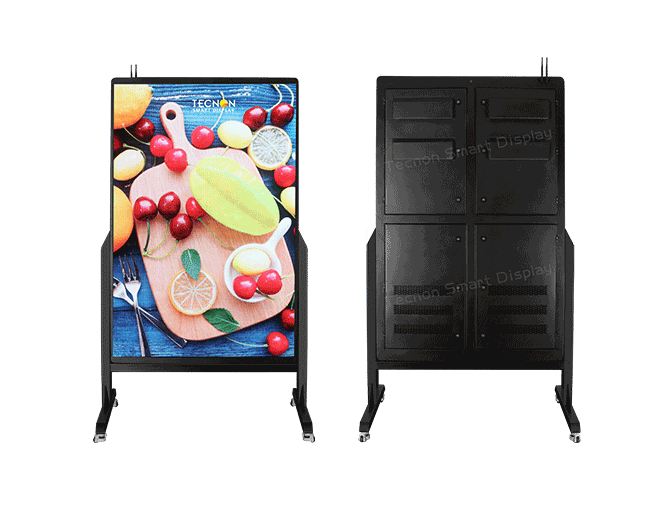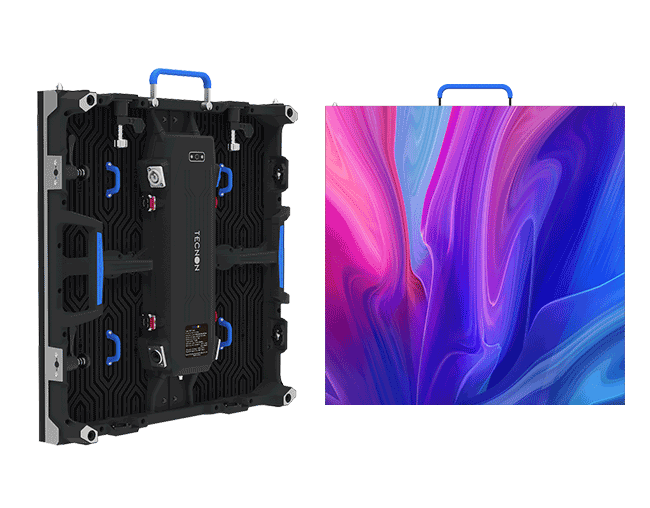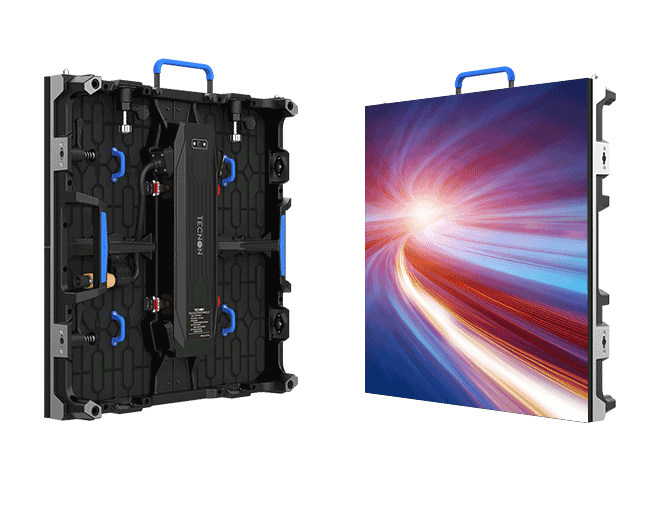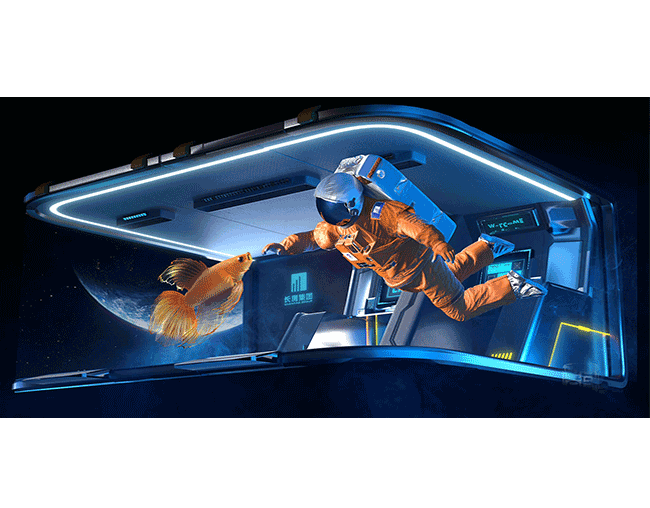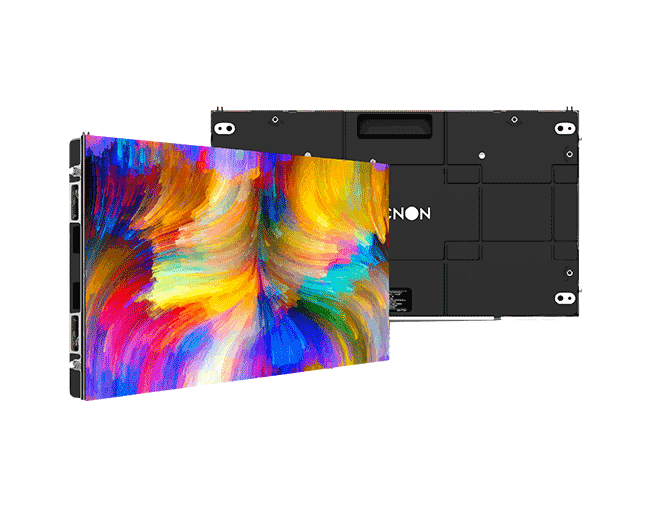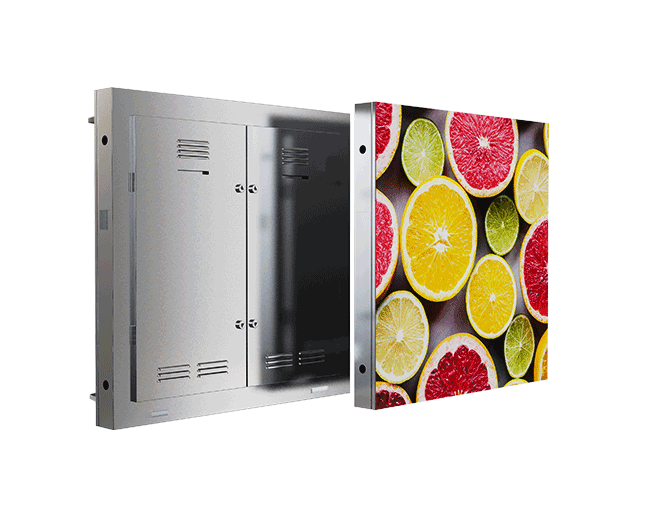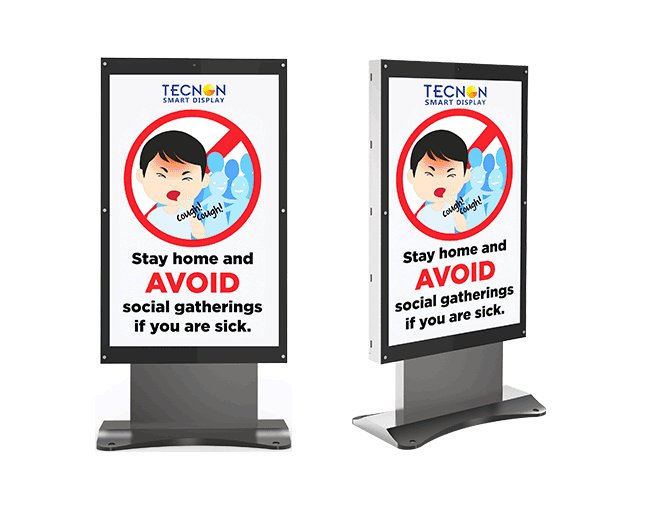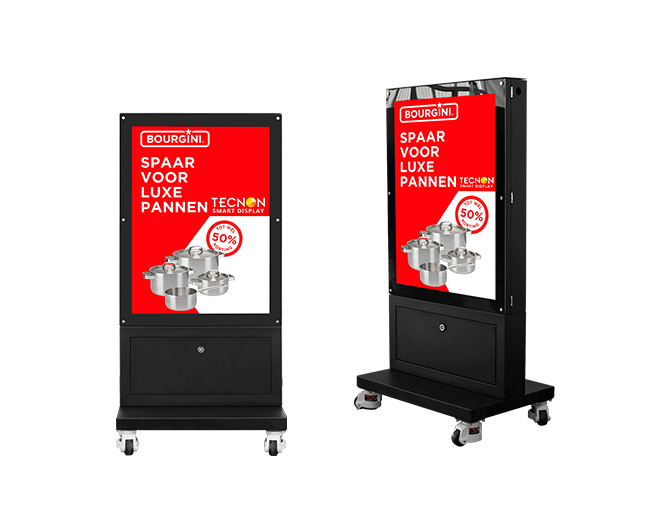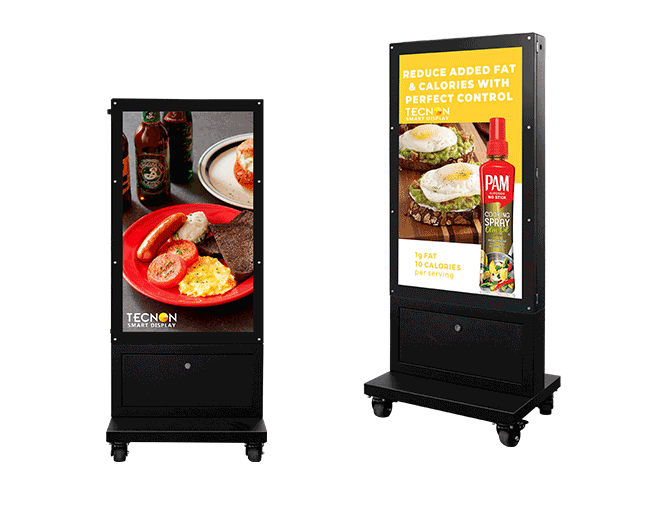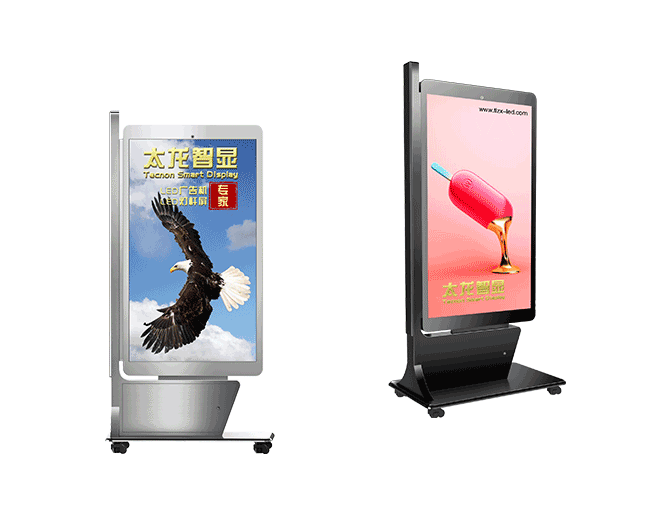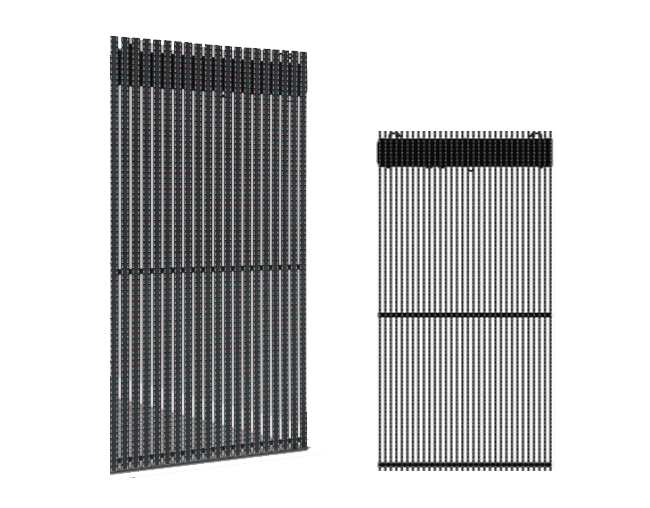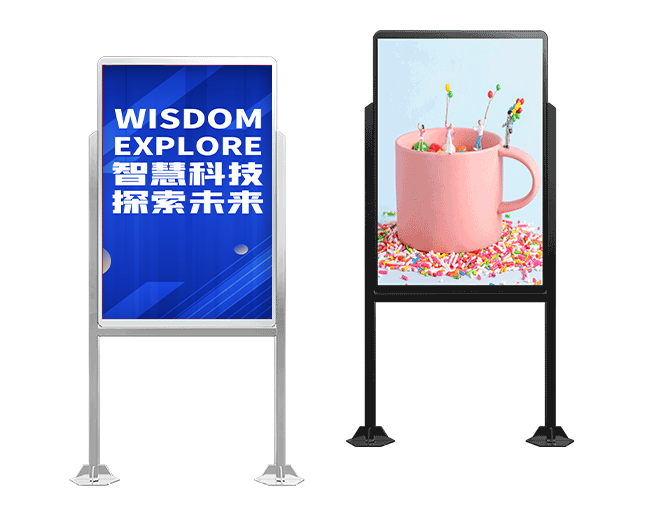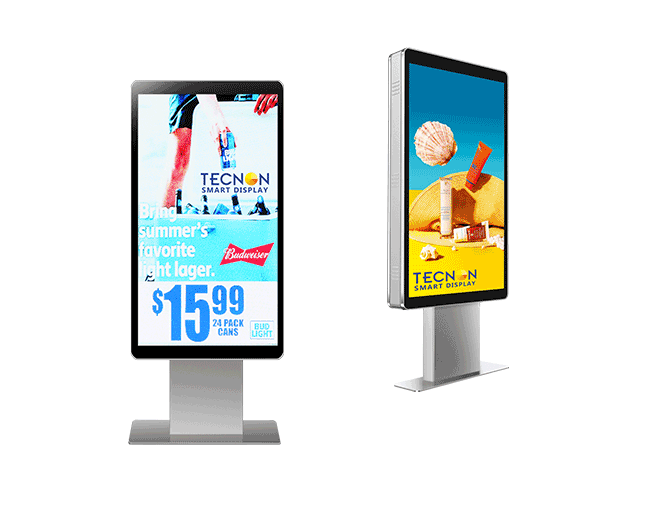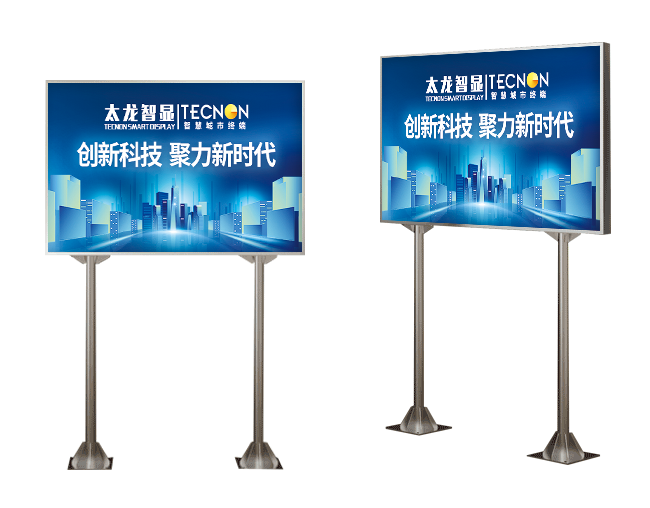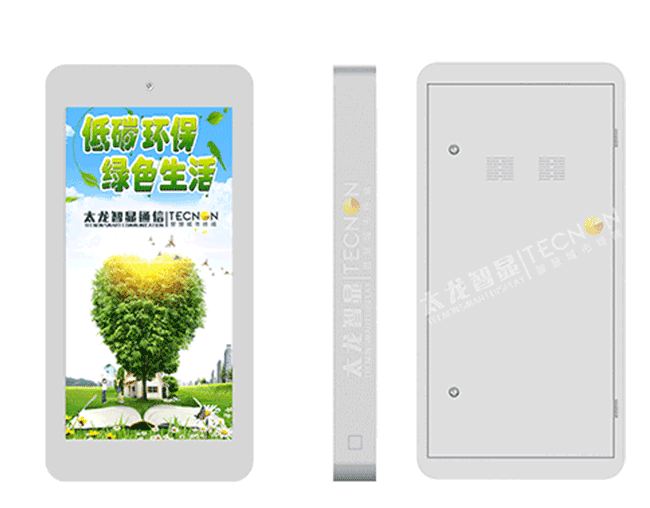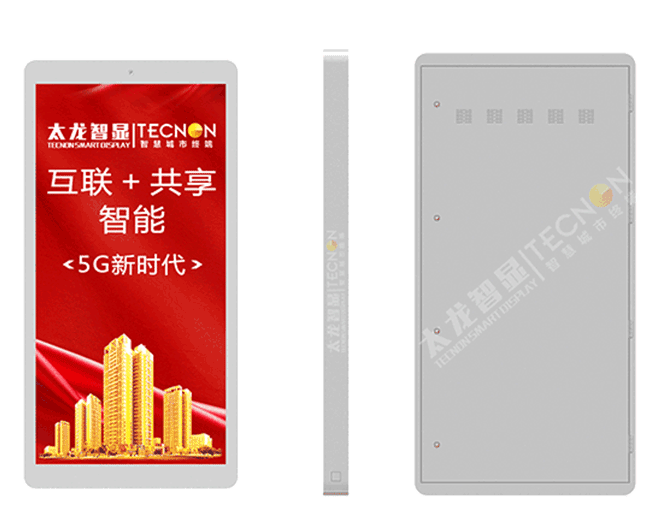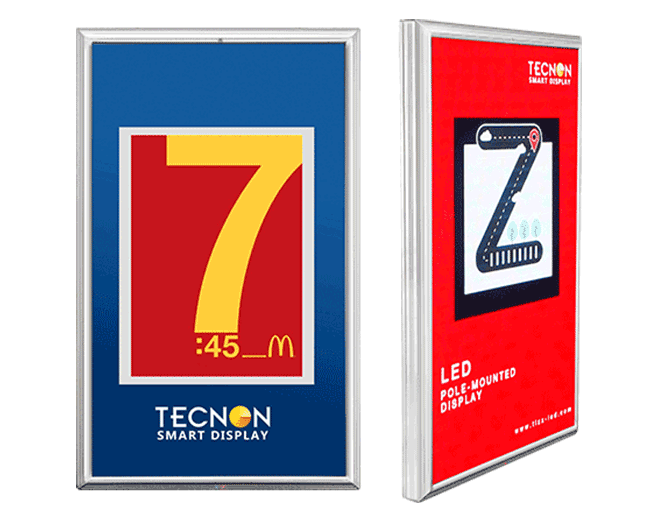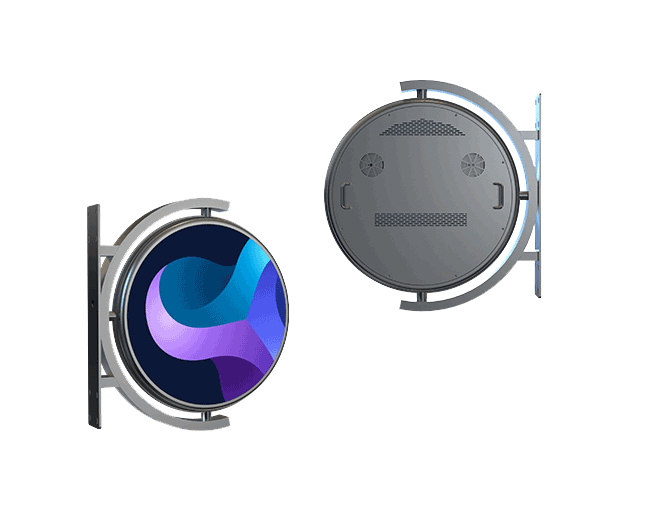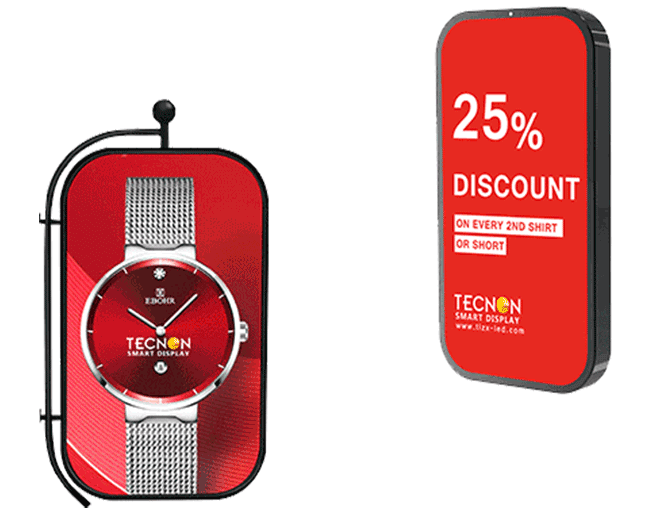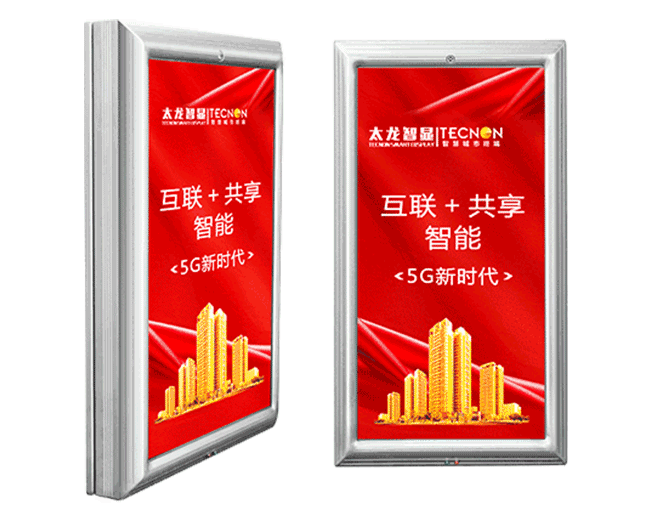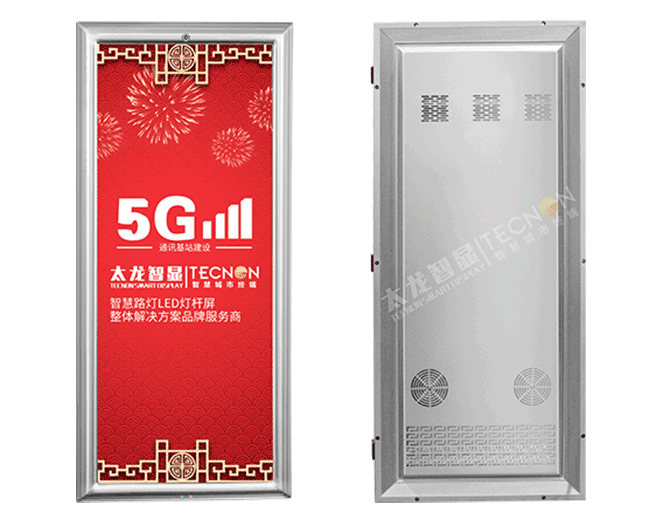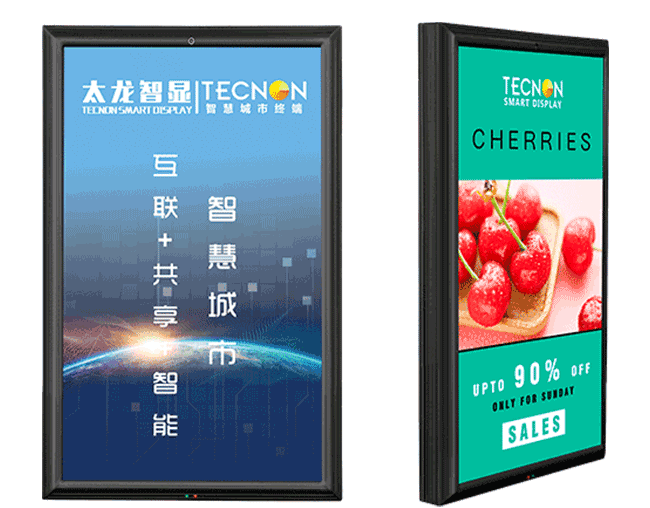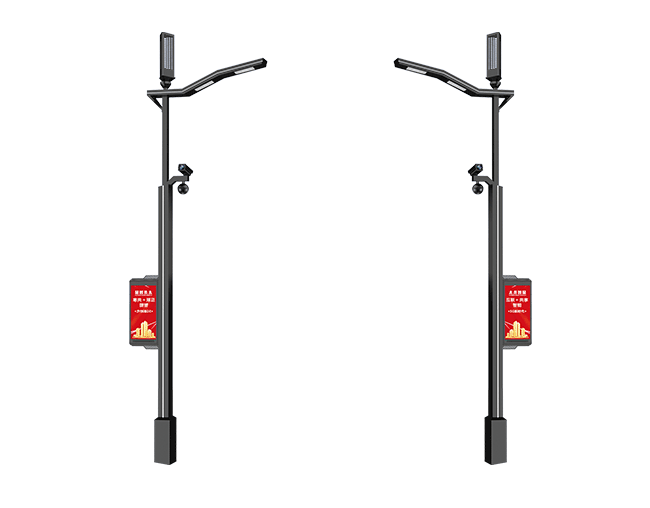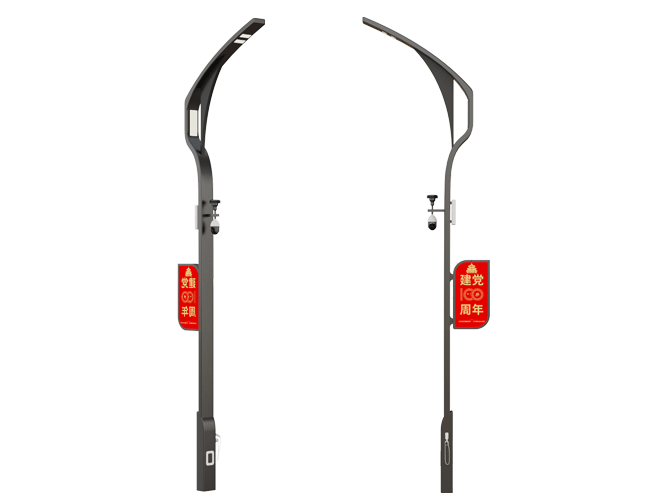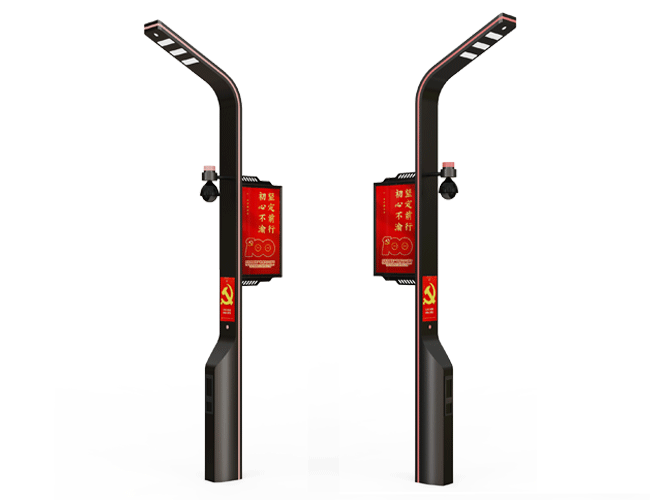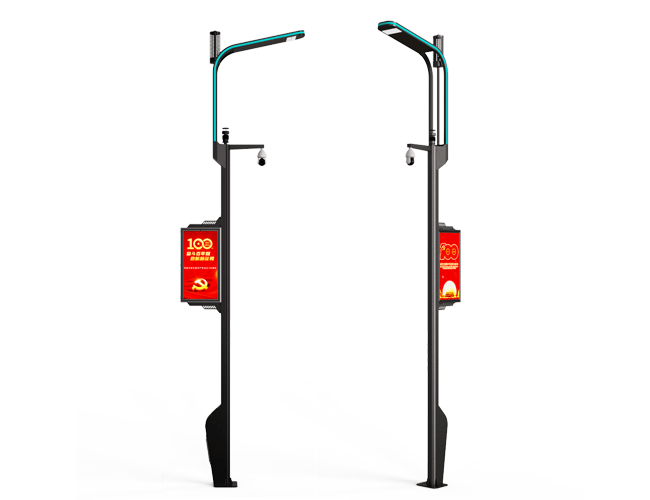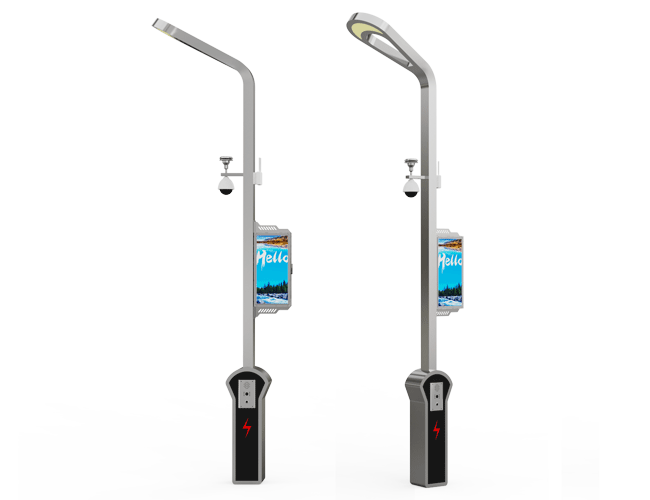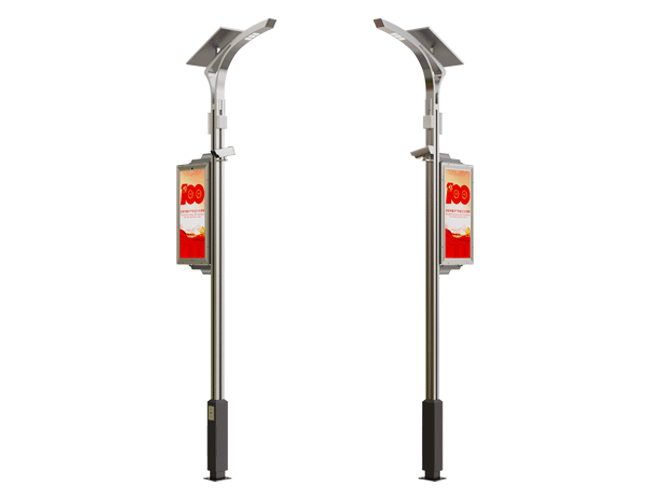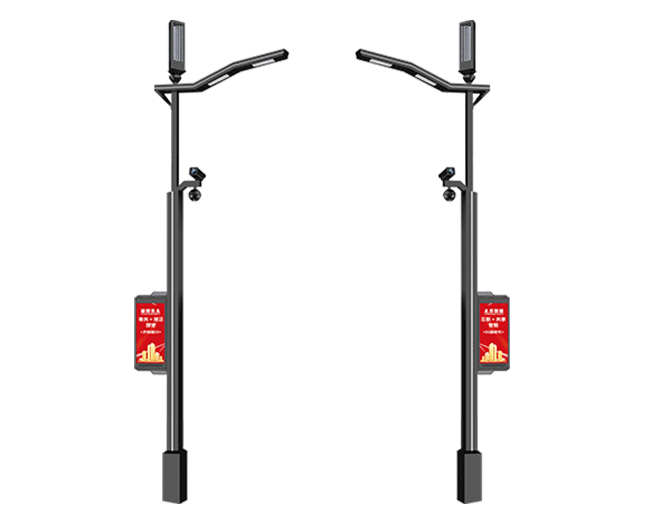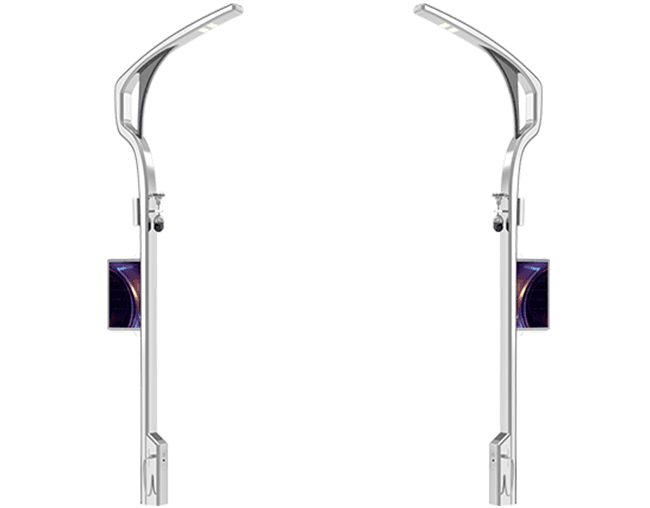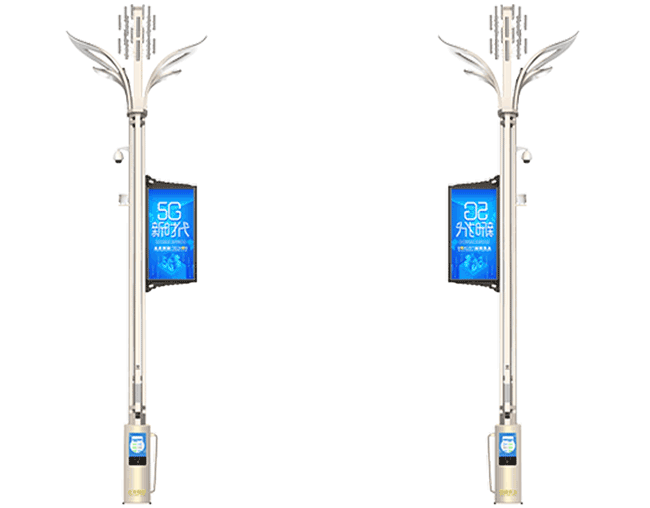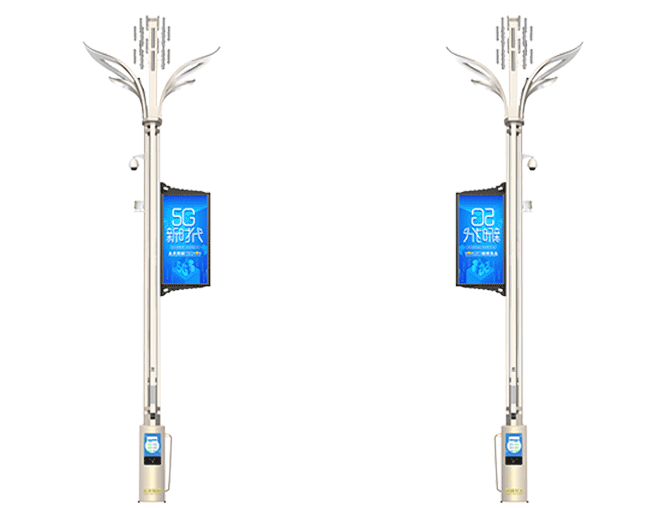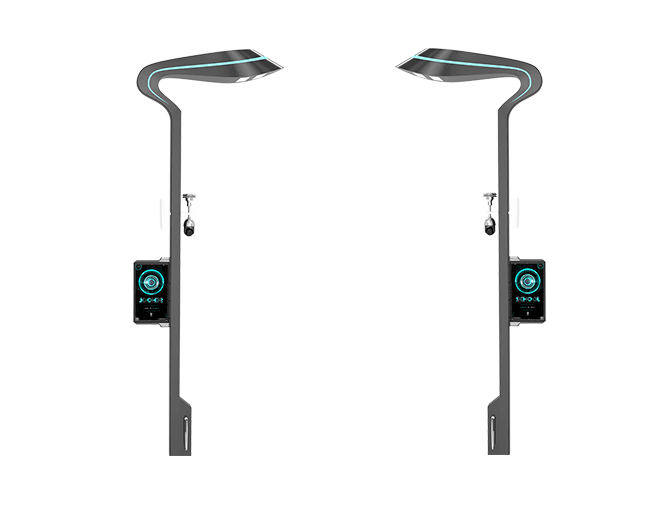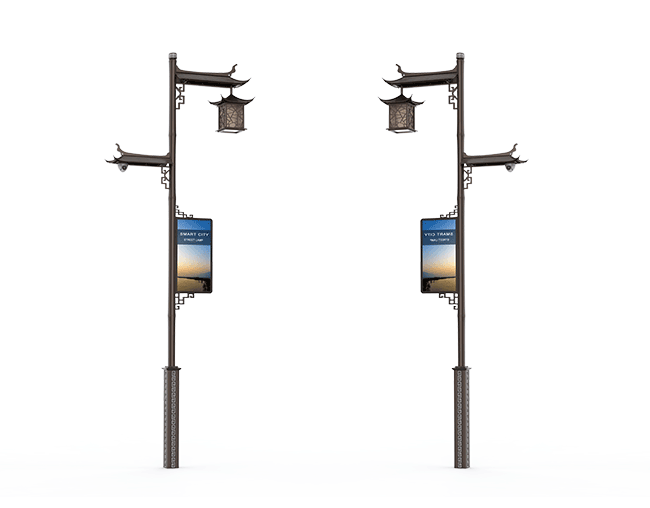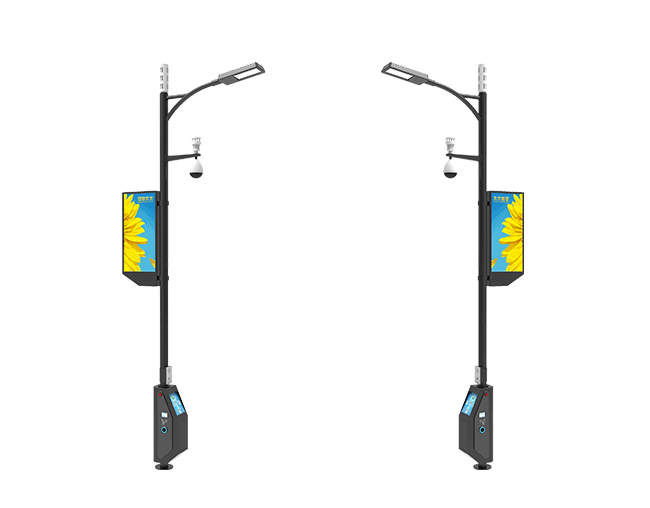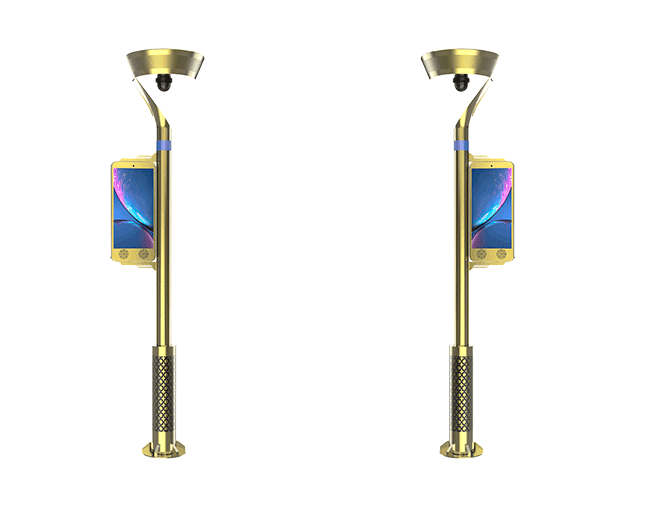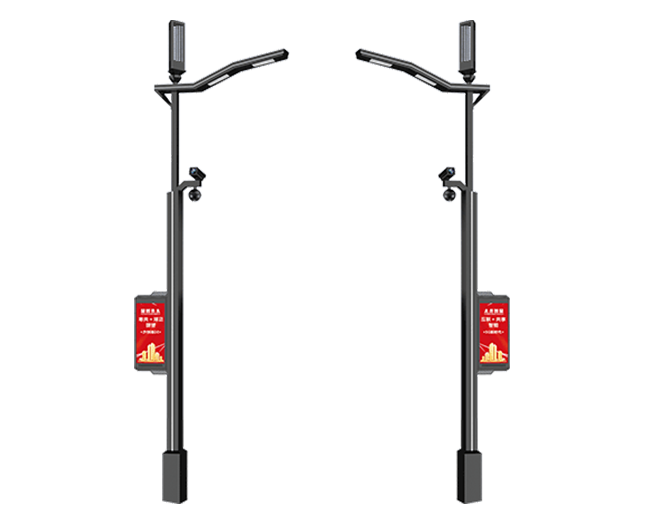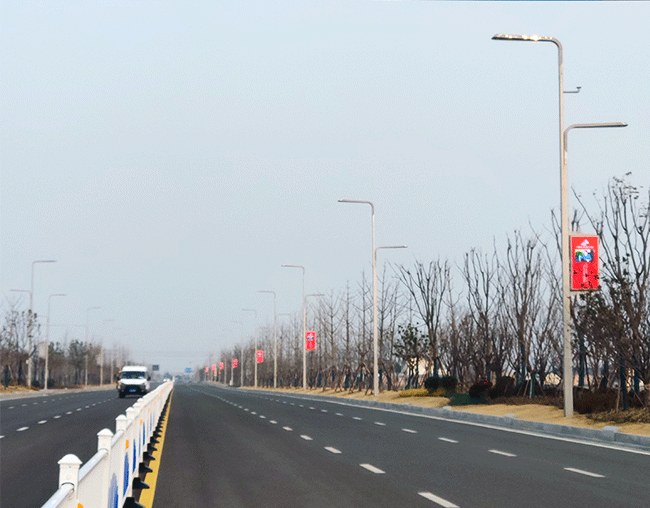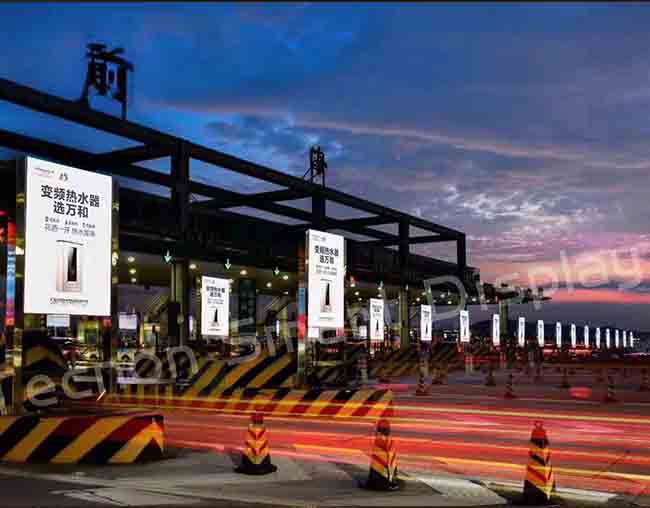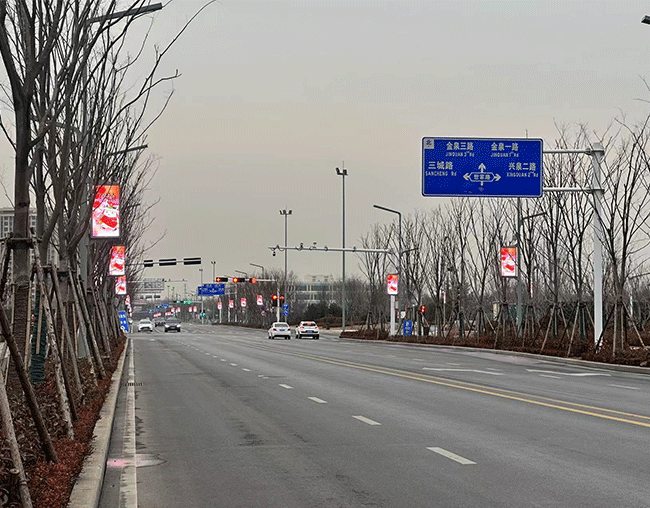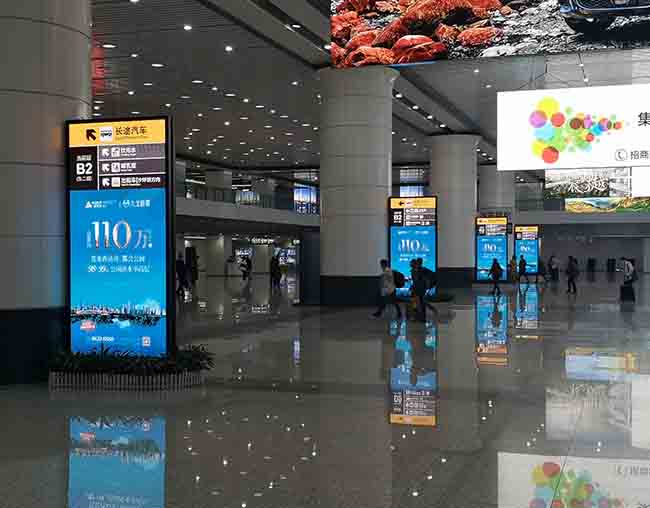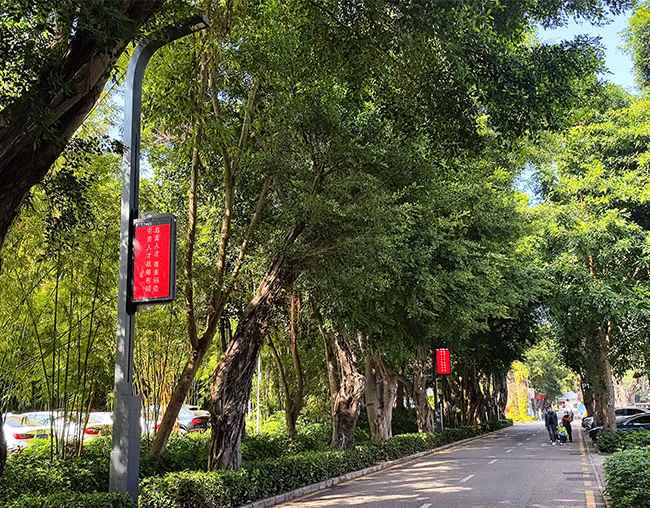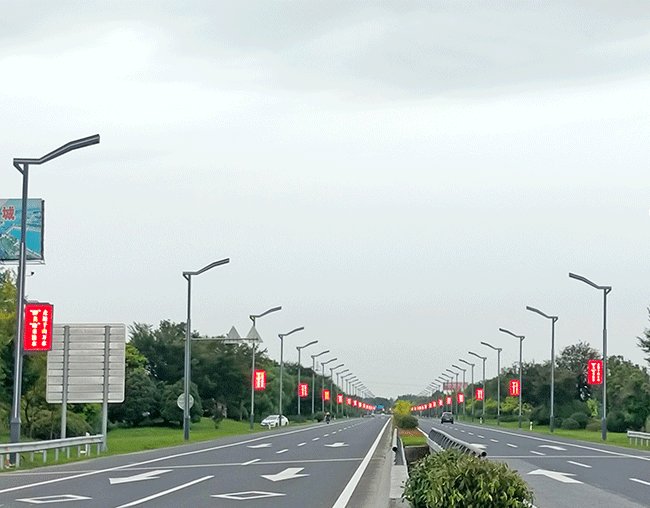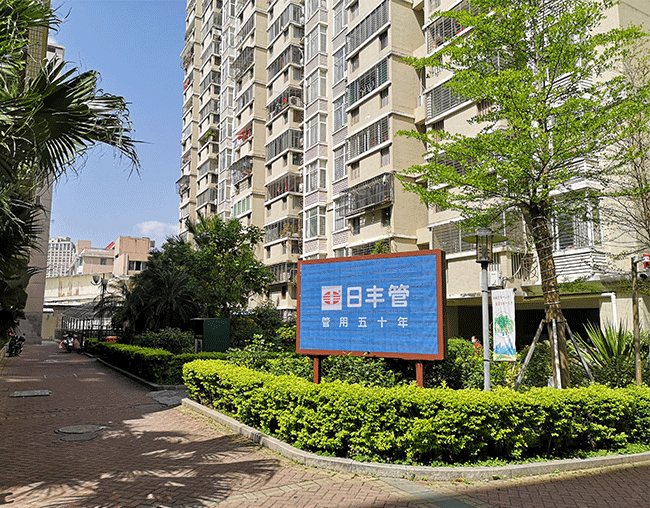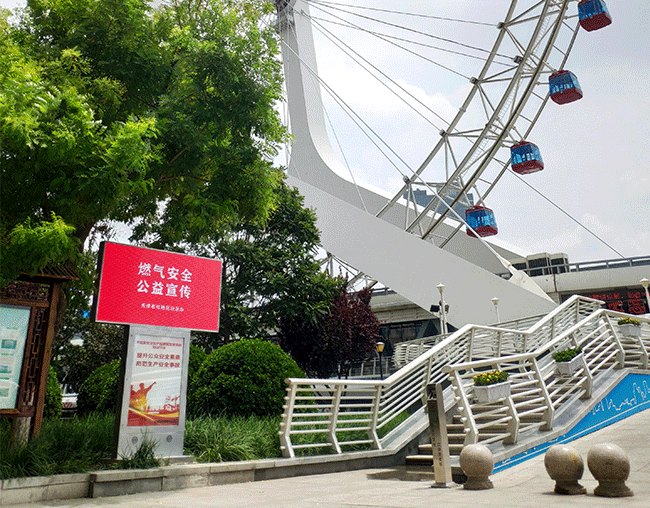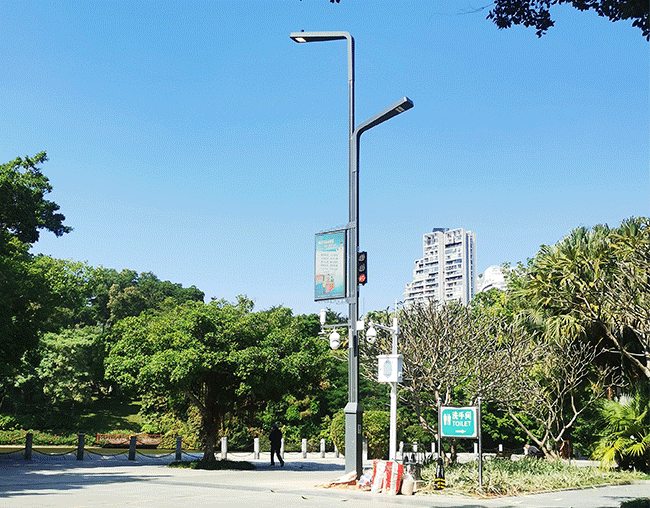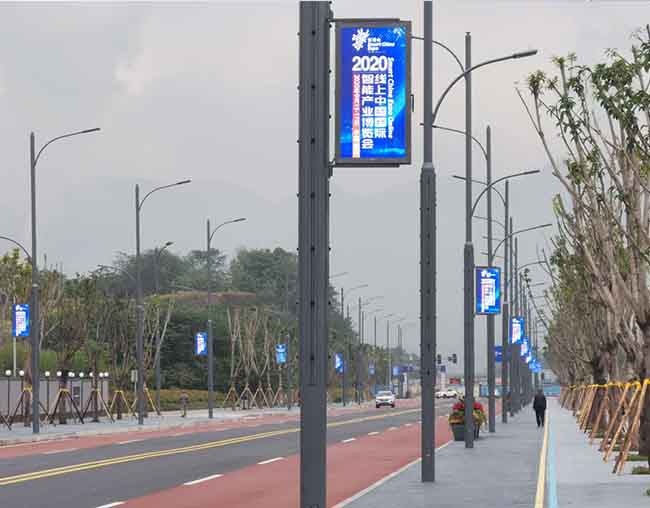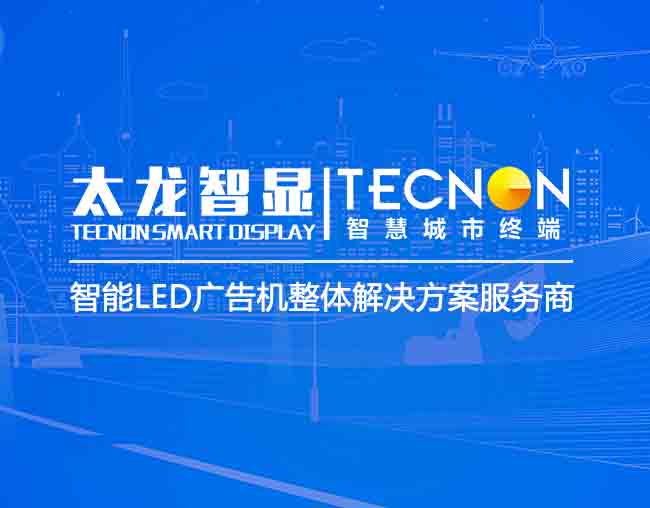How to connect smart light poles with the control center
In modern urban management, smart light poles, as an important part of smart cities, play a key role through close connection with the central control system. This article will explore in depth how smart light poles are connected to the control center and how this connection supports the intelligent management and service improvement of the city.
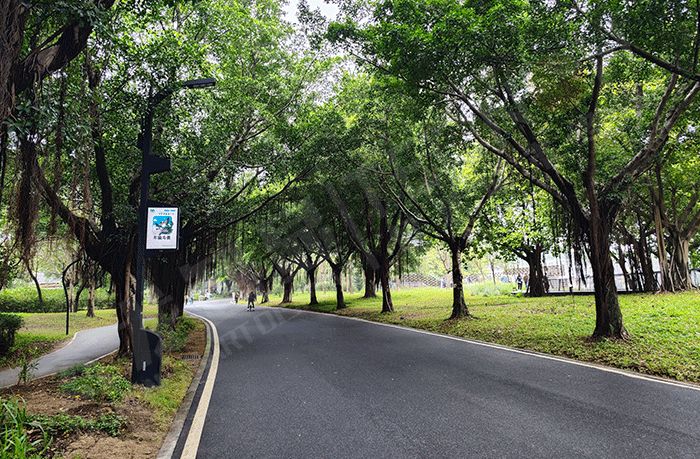
Smart light poles are not just a replacement for traditional street lights. They integrate a variety of sensors and communication technologies to monitor various parameters of the surrounding environment in real time. These sensors include but are not limited to video surveillance cameras, air quality sensors, traffic flow detectors, etc. These data are collected and transmitted to the city control center through smart light poles, providing real-time city operation status and environmental monitoring data for city management departments.
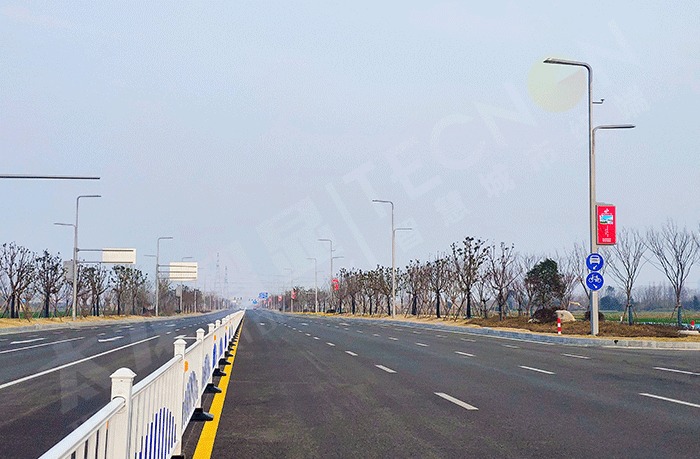
Smart light poles usually use wireless communication technologies, such as 5G, LoRa, NB-IoT, etc., to establish efficient data transmission channels with the city control center. These communication technologies not only ensure the real-time and reliability of data, but also support the interconnection of large-scale devices, allowing smart light poles to quickly respond to the needs of urban management.
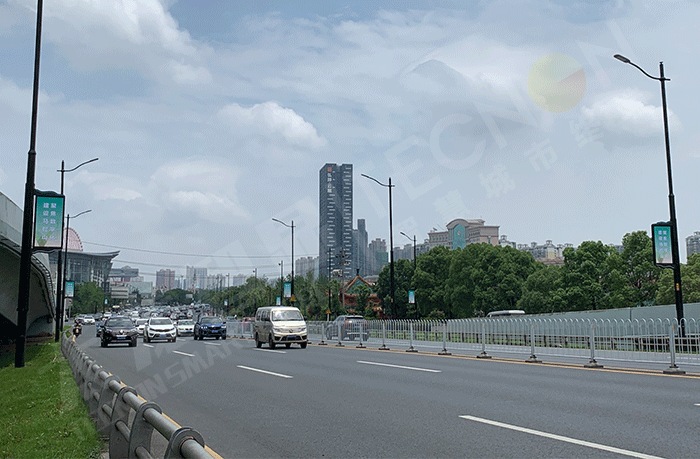
The city control center is the core of smart light pole data processing and management. Through the central control system, city managers can centrally monitor and remotely manage smart light poles. This includes functions such as light brightness adjustment, intelligent optimization of traffic lights, analysis and early warning of environmental data. The intelligent algorithm of the central control system can make decisions based on real-time data, optimize the use of urban resources, and improve the efficiency of urban operations.
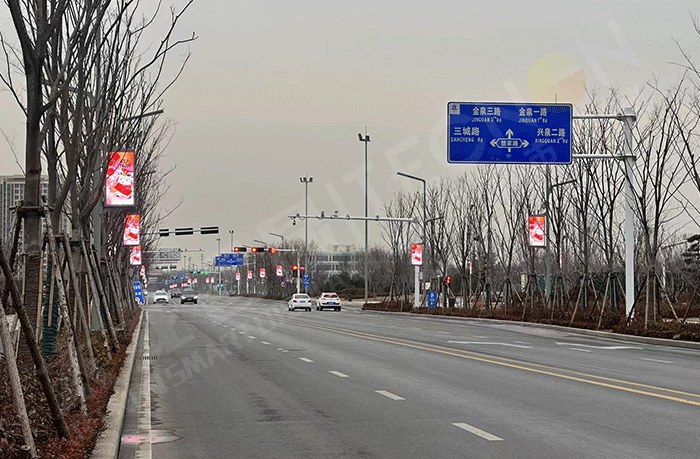
Smart light poles demonstrate their value and advantages in many aspects through close connection with the control center. For example, in traffic management, smart light poles can adjust the timing of traffic lights according to real-time traffic flow to reduce congestion; in environmental monitoring, smart light poles can monitor the air quality index in real time to provide citizens with a healthy living environment; in public safety, smart light poles can effectively prevent and respond to safety incidents through video surveillance and emergency alarm systems.
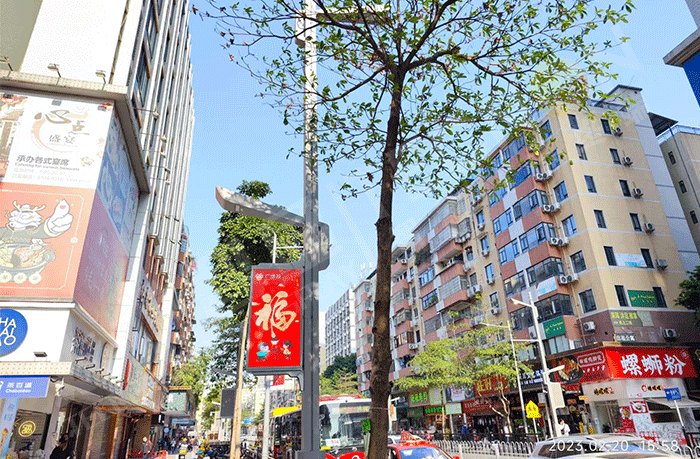
With the continuous advancement of technology and the deepening of urban intelligence, smart light poles will continue to play a key role in urban management and service improvement. In the future, smart light poles may integrate more advanced artificial intelligence technologies, such as image recognition and edge computing, to further improve their autonomous decision-making and response speed. At the same time, the application scenarios of smart light poles will continue to expand, covering more urban functions and services, providing residents and visitors with a more convenient, safe and comfortable urban life experience.
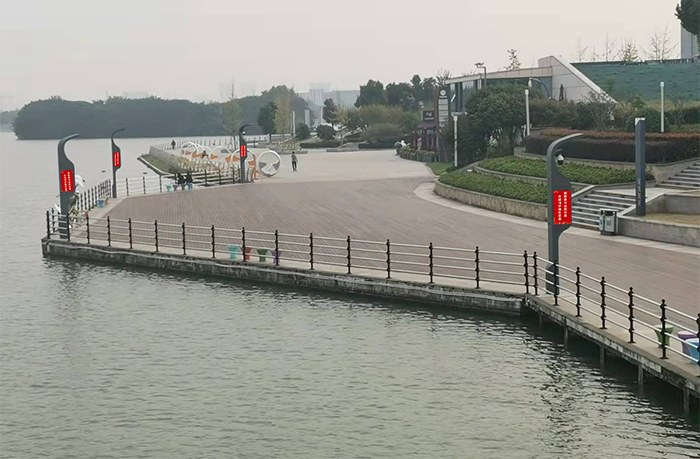
Through close connection with the central control system, smart light poles not only improve the efficiency and responsiveness of urban management, but also promote the process of urban intelligent development. As an important innovation in urban infrastructure, the application of smart light poles has made important contributions to the sustainable development of future cities and the improvement of residents' quality of life. With the deepening of smart city construction, smart light poles will continue to evolve and develop, becoming one of the important supports for the intelligent transformation of cities.





